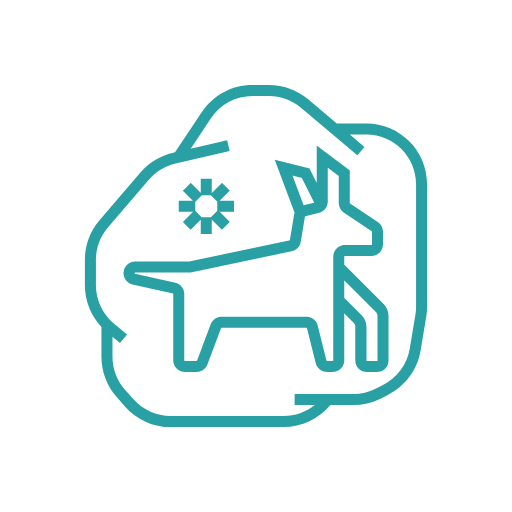Spoiled Parks
Chaco Culture National Historical Park

Background
Between 850 and 1150 A.D., Chaco Canyon was the hub of the Puebloan civilization and is the ancestral homeland of numerous Southwestern tribes. The scale and sophistication of these communities and economies were unparalleled in the region. The structures completed by these Native populations were some of the largest buildings constructed in North America until the 19th century. For generations, their complex culture brought people together from areas as distant as southern Mexico to engage in commerce, share knowledge and celebrate important milestones and religious events.
Chaco Culture National Historical Park was first established as a national monument in 1907 to preserve and tell the story of Chaco Canyon, which continues to be an important cultural center for tribal communities today. The park protects many of these impressive structures and is one of the largest collections of ancestral sites north of Mexico.
Spoiling Park Resources
While the footprint of Chaco Culture National Historical Park itself is small, the larger connected cultural landscape is vast. For many Native peoples, the boundaries of the park do not encompass all that is important spiritually and culturally.
The park’s location within the San Juan Basin, a geologic formation rich in fossil fuel resources, creates an ongoing threat to the park’s cultural resources. The oil and gas industry has already heavily developed the region’s checkerboard of private, state, federal and tribal lands. Such development has scarred the landscape with tens of thousands of oil and gas wells and roads that now cut through the Chaco landscape, trafficked by trucks and heavy equipment, which destroy and endanger numerous ancient archeological sites. This only makes it more important that federal lands in the region be protected for their cultural values, not opened to even more drilling.
The Bureau of Land Management’s Farmington Field Office in New Mexico has already leased more than 91 percent of Chaco’s surrounding public land to the oil and gas industry. Gas flares light up the dark night skies, and pollution from flares and leaking infrastructure endanger the health of the Native American communities who have lived in the area for centuries. Rampant methane waste, particularly in the San Juan Basin, has created a 2,500-square-mile methane cloud — the size of the state of Delaware — over the Four Corners region and national parks including Chaco.
All of the drilling pushed forward by this administration has taken place without meaningful consultation with the local tribal communities. In March 2020 the administration proposed a Resource Management Plan Amendment for the Farmington Field Office that would open most areas for oil and gas drilling that are currently off-limits, including directly up to the park’s boundaries.
Fighting back, a historic coalition of the Pueblo and Navajo peoples in the region have come together to protect the landscape. Along with the entire New Mexico congressional delegation, they are advancing legislation to permanently protect the area surrounding the park from new oil and gas development.
Resources Threatened
-
 Cultural landscape
Cultural landscape -
 Night skies
Night skies -
 Public health
Public health -
 Air quality
Air quality
Make a tax-deductible gift today to provide a brighter future for our national parks and the millions of Americans who enjoy them.
Donate Now
